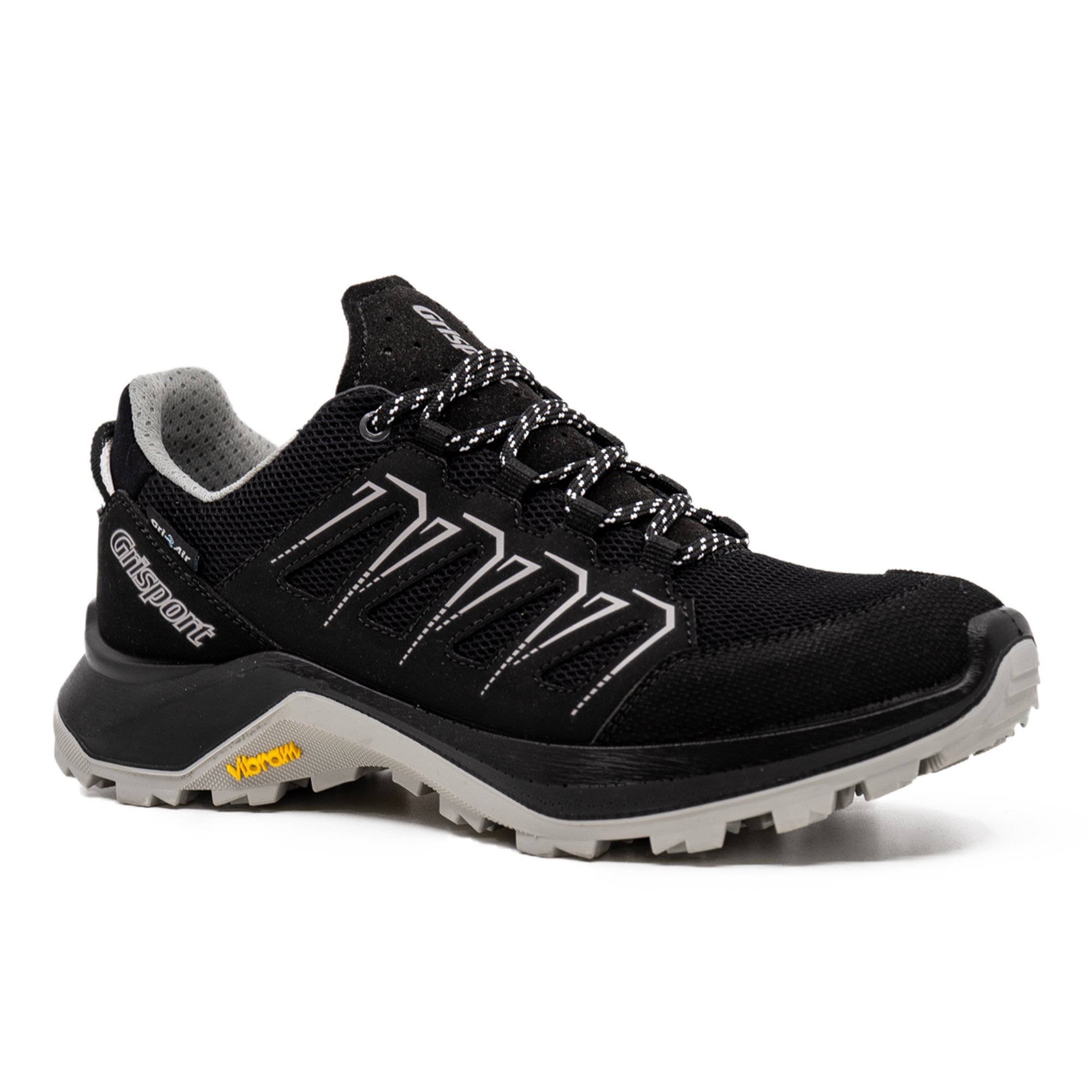Prevent Blisters and Foot Pain on Long Hikes
Long hikes can be incredibly rewarding—but to truly enjoy the experience, it’s important to prepare properly and prevent blisters before they start. Whether you're climbing mountain trails, walking forest paths, or trekking through national parks, foot discomfort can quickly ruin an otherwise beautiful adventure. Fortunately, with a few essential precautions and the right gear, you can protect your feet and hike in comfort.
Why Long Hikes Are Tough on Your Feet
Extended periods of walking cause repetitive stress on your feet. Uneven terrain, changing elevation, moisture, and friction all contribute to blisters, swelling, and fatigue. Common causes of foot pain on long hikes include:
Ill-fitting footwear
Excessive moisture and sweat
Rough or uneven surfaces
Poor support or cushioning
Understanding these causes is the first step toward keeping your feet in top shape on every hike.
Choose the Right Footwear
Your choice of hiking shoes is the single most important factor in preventing foot pain and blisters.
✔ Proper fit – Always choose shoes that match your foot size and shape. A too-tight shoe can cause rubbing and pressure points, while too-loose shoes allow sliding and friction.
✔ Support and cushioning – Good arch and ankle support help reduce fatigue, designed to support your foot over long distances with breathable lining and shock-absorbing soles.
✔ Durability and traction – Shoes with feature Vibram soles, which offer great grip and stability on varied terrain.
✔ Water resistance – Look for Gritex lining or similar materials that keep water out while allowing your feet to breathe.
You can explore our recommended models here:
Prevent Blisters Before They Start
Blisters are one of the most common foot injuries during hiking—and they’re entirely preventable with the right habits:
Break in your boots: Always wear your new hiking boots around the house or on short walks before using them on a long hike.
Wear proper socks: Choose moisture-wicking socks made of wool or synthetic blends. Avoid cotton, which traps moisture.
Use anti-blister balms: Products like Body Glide or Vaseline can reduce friction in hot spots.
Apply moleskin or blister pads: Place them on problem areas before your hike starts.
Keep your feet dry: Bring an extra pair of socks and change them if they become damp.
Maintain Foot Comfort on the Trail
Once you’re out on the trail, staying proactive about foot care will keep you going longer.
Take regular breaks: Remove your shoes and let your feet breathe during longer rests.
Adjust laces: Loosen or tighten your shoes based on swelling or terrain changes.
Check your socks and shoes: Stop and remove debris (like pebbles or sand) as soon as you feel discomfort.
Pack the Right Foot Care Essentials
Having the right supplies on hand can make a big difference in your ability to manage pain or discomfort mid-hike. Your hiking kit should include:
Extra socks
Blister pads or moleskin
Anti-chafing balm
Lightweight sandals (to change into during breaks or after the hike)
When to Replace Your Hiking Boots
Even the best boots wear out over time. Signs that it’s time for a new pair include:
Worn-out tread or sole
Reduced ankle support
Persistent discomfort or hotspots
Leaks or damage in waterproof layers
Final Thoughts: Hike Far, Pain-Free
You don’t have to choose between adventure and comfort. With the right footwear and proactive care, you can prevent blisters and foot pain—even on the longest hikes. Grisport hiking shoes are designed with quality materials, advanced technologies, and foot support in mind, so you can focus on enjoying the journey instead of worrying about your feet.
Happy hiking!




